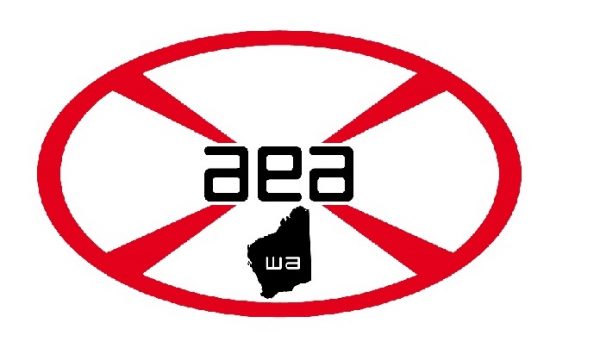
Dear members,
The AEAWA have become aware of a further instance where management have dispatched a spare/single officer to operate alone. In this instance the officer was sent to a major hospital to act as a ‘ramp paramedic’. We will of course be raising this urgently with senior management but we strongly urge any officer who is requested to perform single operator duties involving patient care, to object on grounds that this would constitute unsafe practice both clinically and operationally. They should also inform the manager that they have been instructed by their employment representatives not to undertake those duties alone, and contact a delegate from the AEAWA immediately, day or night. Similarly to the previous episode where this has occurred, there are a large number of patient and employee safety issues which arise as a result of this instruction to send a solo officer, including (but not limited to) the following:
1. Officer safety – officer working alone with potentially multiple patients, in areas of the hospital often not covered by CCTV,
increased risk of assault etc
2. The SOP Patient Flow and Ramping refers to all operating procedures with use of the term
‘crew’. A single officer does not constitute a crew.
3. All on road paramedics have been trained to operate as part of a crew. Single responder paramedics have been recruited,
selected and trained to work independently.
4. Patient safety – the officer has only one monitor and is expected to comply with numerous directives from CG regarding
patient monitoring.
5. Patient safety – should the officer need to use the washroom facilities, they will need to leave the patient(s) unattended in
contradiction of Patient Flow and Ramping SOP ‘an officer must remain with the patient at all times’
6. Patient safety – should the officer require refreshments while looking after patients on the ramp, they are unable to eat/drink
etc without leaving patient(s) unattended
7. Patient safety – should a ramped patient require analgesia or medication the single officer will need to perform drug checks, confirm correct dosing and will need a partner familiar with our dosing etc
8. Patient safety – should a patient become unresponsive, a solo officer may struggle to safely manage that patient andsimultaneously obtain help from hospital staff, while in ramp areas
9. Patient / officer safety – if the patient requires toileting, operation of the Ferno 50E is a two person skill, and again Ferno
operating instructions mandate a trained user must remain with the stretcher at all times.
10. Patient safety – should a patient’s vital signs deteriorate, an officer is expected to locate triage nursing staff to raise their
concerns. This is likely to result in the patient who has deteriorated (and other patients) being left unattended.
As per email communications from A/Prof. Paul Bailey 5th July 2019: “Please be reminded of the risks to our patients posed by prolonged periods of ramping. It is of the utmost importance that we maintain a close watching brief on patients who find themselves ramped through no fault of their own. This represents a time of enhanced clinical risk as our patients find themselves paused between the pre-hospital and Emergency Department environments… a higher level of operational demand and ramping have noted an increase in serious adverse clinical event”.
Kind regards AEAWA Executive